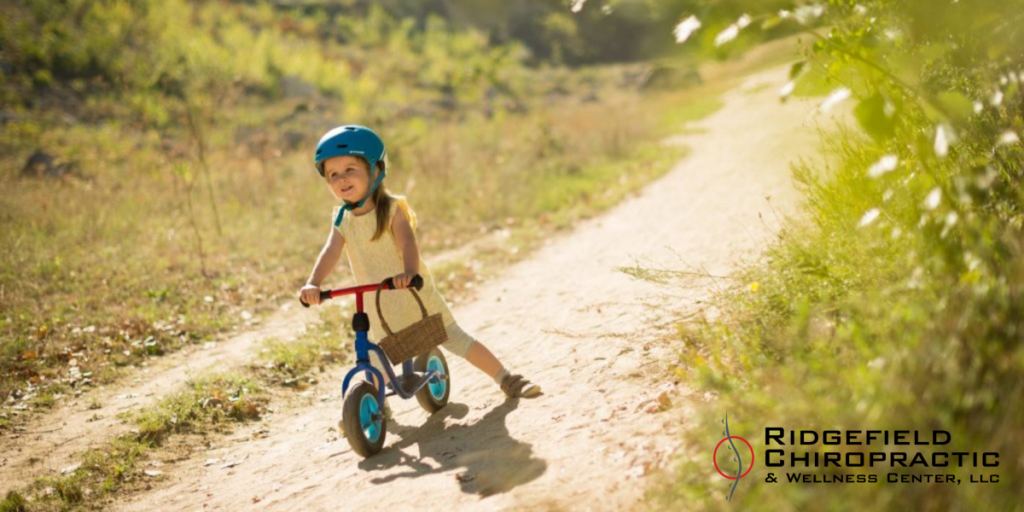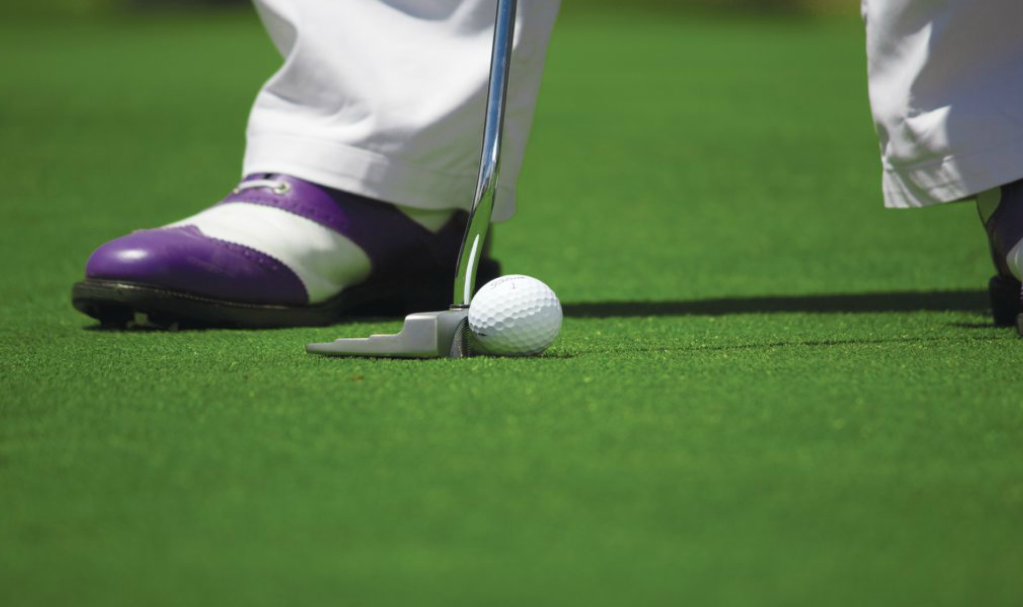Tips to Unfreeze your Winter Workout to Help with the Winter Blues

Each year, Seasonal Affective Disorder sets in to affect millions of Americans. Known loosely as “the winter blues,” this troublesome condition is characterized by mild to moderate depression, listlessness, and interrupted sleep patterns. Fortunately, there are things you can do to beat the winter blues and keep your spirits high during the chilliest months of […]
5 Ways Chiropractic Can Help Cyclists

There are dozens of reasons you love cycling: the wind in your hair, the ground beneath you, the sights and sounds and the healthy activity, jfew. No matter how you cut it, though, cycling comes with some inevitable physical aches and pains thuat can be tough to navigate around. Fortunately, chiropractic care can help. Here […]
Chiropractor Help for Child’s Bicycle Injury – Ridgefieldchiropractic

When it comes to chiropractic care, there are some significant differences in how a doctor will treat a child, versus how they’d handle an adult. This makes sense, given that there are some substantial differences between a child’s body and an adult’s body, and they both need different things. Despite that truth, virtually all patients […]
8 Ways to Improve Your Golf Swing This Spring

The golf swing: it’s the technique that has launched 10,000 ships, so to speak. Agonized over, practiced, and attempted time and time again, it’s one of the essential considerations in the entire game of golf. With all those things in mind, it makes perfect sense that people are always, always trying to improve theirs. If […]
